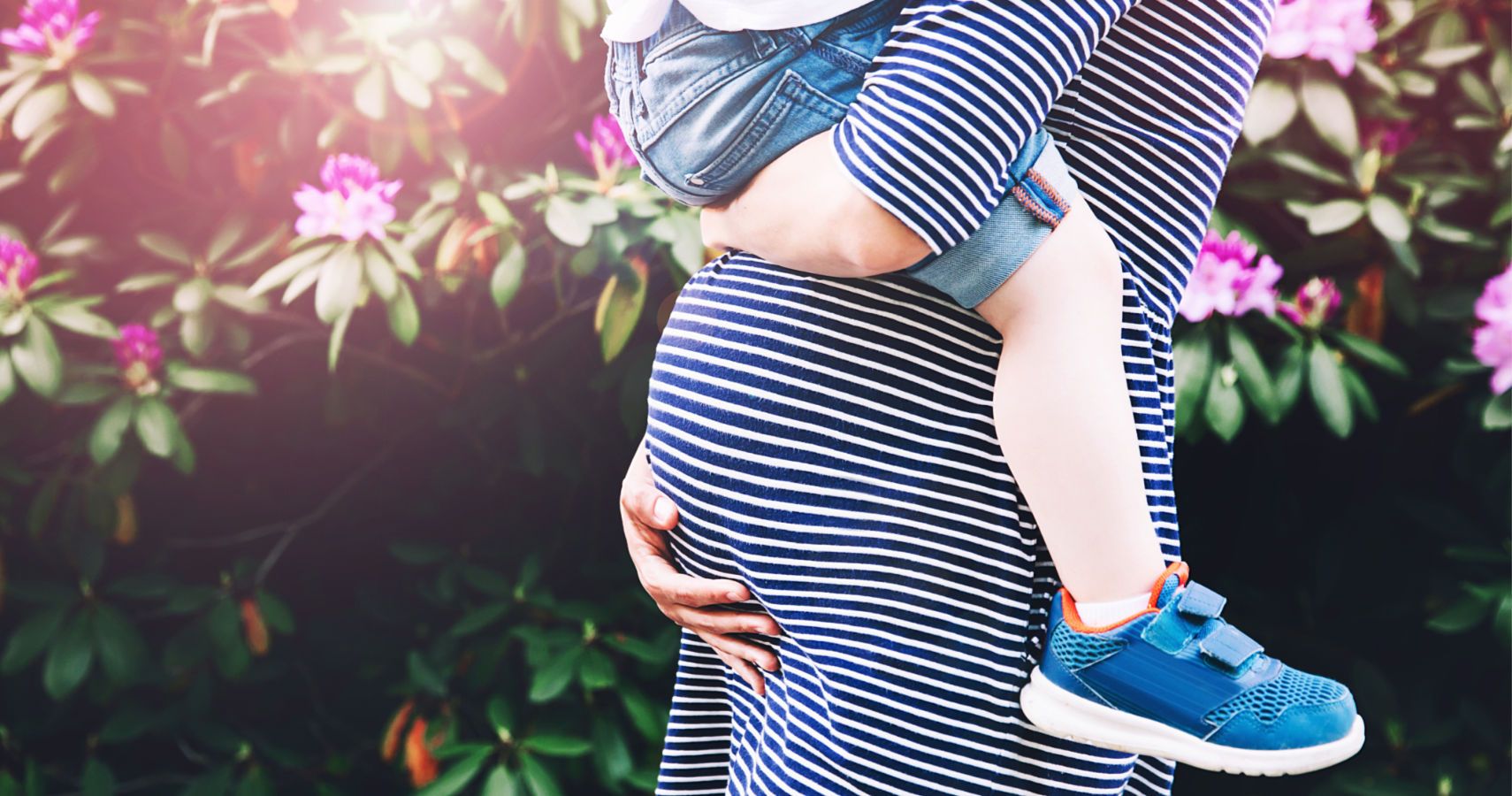Mothers should wait at least a year between giving birth and getting pregnant again to reduce health risks to mother and baby, according to a new study.
The researchers found a modest increase in risk of death or serious illness in the mother in intervals of less than 12 months and larger increases in the risk of adverse outcomes for the baby both before and after birth, as well as spontaneous preterm delivery.
“Short interpregnancy intervals have continued to be viewed as a public health problem. Short interpregnancy intervals are defined as less than 18 months from the prior birth to the next conception,” the study published in JAMA Internal Medicine writes.
“The literature consistently demonstrates that these pregnancies are far more likely to be unplanned, mistimed, or unintended. They have been associated with preterm, low birthweight, and small-for-gestational age births, and neonatal intensive care unit admission.”
The study, of nearly 150,000 births in Canada, was conducted by University of British Columbia (UBC) and the Harvard TH Chan School of Public Health.
The study included 123,122 women and 148,544 pregnancies, and it looked at how the health risks were applied to pregnant women of different ages. The participants were found using population health databases in Canada, which included all women who had at least two consecutive single pregnancies in a 10-year period.
For those 35 and over, the risk of maternal mortality and severe morbidity was 0.62% when there were only six months between the birth of one child and the conception of the next and 0.26% at 18 months. For mothers between 20 and 34, there was a predicted risk of 0.23% at six months and 0.25% at 18 months.
However, younger mothers had a higher risk of spontaneous preterm delivery with shorter interpregnancy intervals -- 5.3% at six months and 3.2% at 18 months -- and adverse fetal and infant outcomes -- 2.0% predicted risk at six months, compared with 1.4% at 18 months -- than older women.
The study found 12-to-18 months was the ideal length of time between giving birth and becoming pregnant again.
The researchers also found:
- Getting pregnant less than 12 months after giving birth was associated with risks for women for all ages
- There were risks to the mother only for women over the age of 35, while risks to the infant were found for all women, but were greatest for those aged between 20 and 34
- Women over 35 who conceived six months after a previous birth had a 1.2% risk of maternal mortality or harm (12 cases per 1,000 pregnancies)
- Waiting 18 months between pregnancies reduced the risk to 0.5% (five cases per 1,000)
- Younger women who got pregnant six months after a previous birth had an 8.5% risk (85 cases per 1,000) of premature labor
- This dropped to 3.7% (37 per 1,000) if they waited 18 months between pregnancies
The study's lead author, Laura Schummers, said: "Our study found increased risks to both mother and infant when pregnancies are closely spaced, including for women older than 35.
"The findings for older women are particularly important, as older women tend to more closely space their pregnancies and often do so intentionally."
READ NEXT: This Is The Ideal Age Gap In Relationships If You Want To Avoid Getting Divorced

